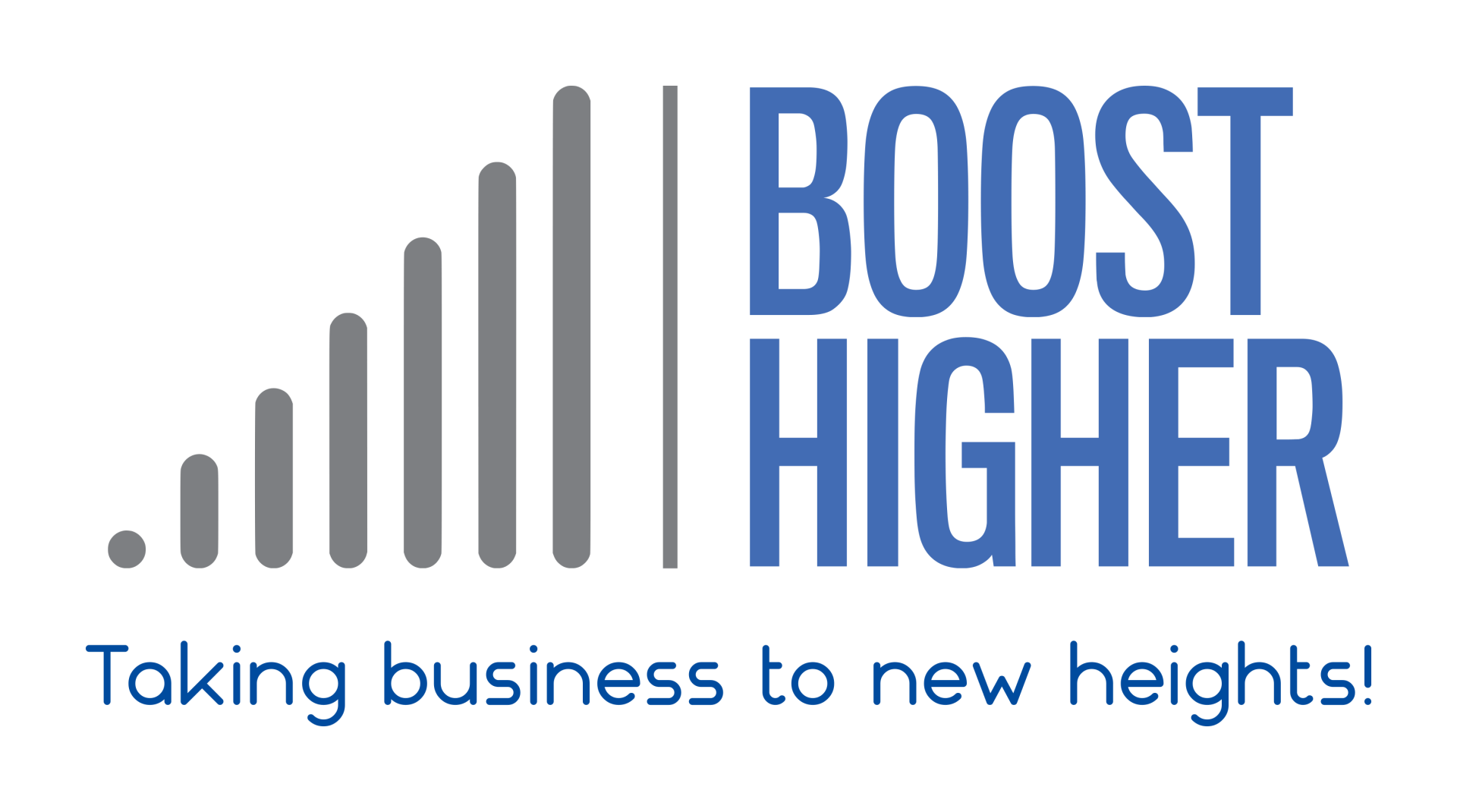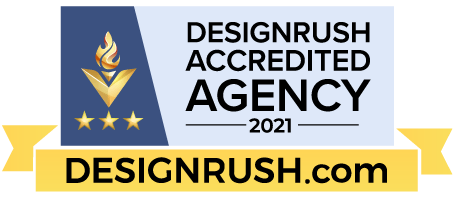Mapping Keywords to Content for SEO: 6-Step Guide
In the realm of Search Engine Optimization (SEO), keywords function as the compass directing your content towards its intended audience. They are the bridge connecting user queries to your content. This 6-step guide aims to demystify the process of mapping keywords to content for SEO. Whether you're a seasoned SEO specialist or a novice blogger, this guide will provide invaluable insights into the art and science of keyword mapping.
Understand the Basics of Keywords and Targeted Audiences
To effectively map keywords to your content, begin by understanding the basics of keywords and targeted audiences:
- Define Your Audience: Clearly identify your target audience. What are their interests? What type of content are they searching for? What are their frequent queries?
- Keyword Research: Use SEO tools like Google Keyword Planner, Moz, or SEMrush to find relevant keywords. Look for high-volume, low-competition keywords that your audience is likely to use.
- Search Intent: Understanding the intent behind your audience's search queries is crucial. It helps in creating content that satisfies that intent.
- Long-Tail Keywords: Incorporate long-tail keywords into your content. These are more specific and generally less competitive than single-word keywords.
- Keyword Density: Maintain an optimal keyword density in your content. Overuse of a keyword (known as 'keyword stuffing') can lead to penalties from search engines.
By following these steps, you'll be on your way to creating a solid keyword map for your content.
Use the Right Tools to Research Keywords
- Google Keyword Planner: A free tool offered by Google Ads, Google Keyword Planner provides keyword ideas and traffic estimates to help you build a Search Network campaign.
- SEMrush: SEMrush offers a comprehensive keyword research tool that shows you the keywords your competitors are using, along with detailed analytics reports.
- Moz Keyword Explorer: This tool provides keyword suggestions, SEO competition, opportunity, and SERP analysis, using powerful metrics like Domain Authority (DA) and Page Authority (PA).
- Ahrefs: Ahrefs' Keywords Explorer lets you discover thousands of great keyword ideas, analyze their ranking difficulty, and calculate their traffic potential.
- AnswerThePublic: This tool visualizes search questions and suggested autocomplete searches in an image called a search cloud. It's excellent for understanding what questions your audience is asking.
Develop a Content Strategy Around Your Keywords
- Topic Clusters: Start developing your content strategy by grouping related keywords into topic clusters. This approach helps structure your content and guides users through a learning journey in a logical and comprehensive manner.
- Content Type: Determine the type of content that fits the keyword. Is it a blog post? A product page? An infographic? The type of content should align with the user's search intent.
- Competitive Analysis: Examine how competitors are using similar keywords. This analysis can provide valuable insights and help you differentiate your content.
- Content Calendar: Create a content calendar to manage and schedule your content creation efforts. Regularly updating your content keeps it fresh and relevant, which is beneficial for SEO.
- Content Optimization: Optimize your content for SEO by incorporating the keywords naturally within the text, meta tags, and headings. However, avoid keyword stuffing as it can lead to penalties.
- Performance Tracking: Measure the performance of your content. Use SEO tools to track keyword rankings over time and adjust your strategy as needed.
Pick the Most Effective Keywords for Each Piece of Content
- Relevance: The keyword needs to be relevant to the content. It should reflect what the audience is likely to search when looking for the information your content provides.
- Search Volume: Choose keywords that have a high search volume. These are the terms that people are more likely to use when searching for content.
- Competition: Consider the level of competition for each keyword. High-competition keywords can be harder to rank for, so sometimes it can be more effective to choose low competition keywords.
- Intent Match: The keyword should match the intent of the searcher. This means considering what stage of the buyer's journey the searcher is in and what they're likely to be looking for.
- Trending Keywords: Use tools like Google Trends to identify keywords that are currently popular or on the rise. This can help you tap into current conversations and increase the visibility of your content.
Decide Which Type of Content Will Be Best Suited to Your Chosen Keywords
- Blog Posts: Long-form content like blog posts are excellent for targeting long-tail keywords. They provide space to explore a topic in-depth and naturally incorporate a variety of keywords.
- Product Pages: For keywords directly related to your products or services, custom landing pages or product pages are the most suitable. These pages can be highly optimized for these specific keywords.
- Infographics: Visual content like infographics can be perfect for keywords related to data or statistics. They provide a unique and engaging way to present information.
- Videos: If the keywords are related to how-to guides or tutorials, creating video content could be highly effective. Videos are engaging and can be easily shared across multiple platforms.
- Podcasts: For conversational or discussion-based keywords, consider creating a podcast. Podcasts are growing in popularity and can be a great way to engage your audience in deeper discussions or interviews.
- E-books or Whitepapers: For highly technical or academic keywords, consider creating in-depth resources like e-books or whitepapers.
By matching your content format to your keywords, you can better cater to the search intent of your audience and improve your SEO performance.
Optimize Your Content for SEO
- Title Tags: Include your targeted keywords in the title tags of your page. This not only helps search engines understand what your page is about, but it also gives a clear indication to users about the contents of the page.
- Meta Descriptions: Although not directly factored into Google's ranking algorithm, meta descriptions play a crucial role in attracting click-throughs from SERPs. Incorporate your primary keyword into this summary of your page's content.
- Header and Subheader Tags (H1, H2, H3, etc.): Search engines use these tags to understand the structure of your content. Include your main keyword in the H1 tag (your page's main title) and use H2, H3, etc., for subheadings throughout the page, incorporating secondary or related keywords where possible.
- Image Alt Text: Search engines can't 'see' images in the way humans do, but they do read the alt text. This is an opportunity to include your targeted keywords, but remember to accurately describe the image for the benefit of users with visual impairments.
- URLs: Include your primary keyword in the page URL. This helps search engine bots understand the content of the page and also can boost user trust in the link.
About Us
At Boost Higher, we help your business achieve never-before-seen heights with our expert strategies and tactics, uniquely designed to fit your brand and goals. Our team of experts specializes in creating hype about your business at both a local and global scale, leading to increased conversions, happy customers, and higher revenue. Schedule your free, no-obligation consultation today, or fill out our contact form to get in touch with us.











